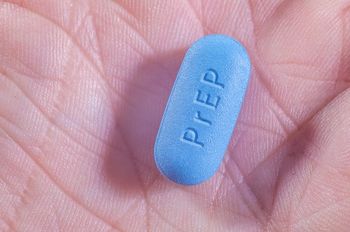
After analyzing electronic medical records from 161 patients across 90 VHA sites, investigators determined that patients initiated 94% of conversations about PrEP.

After analyzing electronic medical records from 161 patients across 90 VHA sites, investigators determined that patients initiated 94% of conversations about PrEP.
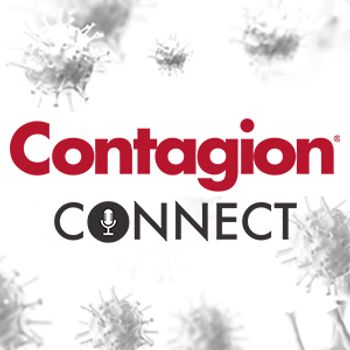
In 2010, Timothy Ray Brown came forward as the "Berlin Patient" and has become an advocate for people living with HIV. He hopes to see the day when all individuals when HIV can be cured safely.

A new rapid blood assay could help physicians to get ahead of sepsis by predicting which patients are at low, medium and high risk for the infection.
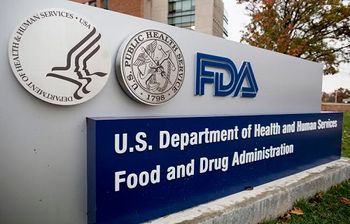
While FDA asked for the supplier of yellowfin tuna associated with the majority of illnesses to initiate a voluntary recall, the firm has not recalled any product at this time.
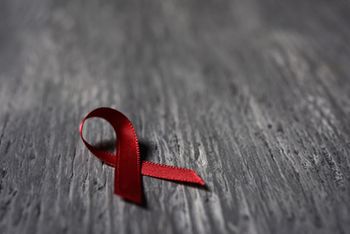
A new commentary outlines the drivers of Hispanic/Latino HIV health disparity, pointing out specific populations which would be key targets for improving HIV prevention and treatment.

From an infection prevention perspective, the nature of Acinetobacter baumannii makes it an organism on the radar for prevention efforts against health care-associated infections.

Here is a look at infectious disease-related US Food and Drug Administration (FDA) news from the week of November 10, 2019.

We’ve rounded up a list of important US Food and Drug Administration (FDA) and US Department of Agriculture (USDA) recalls from this past week.

The FDA has cleared for marketing the first duodenoscope with a sterile, disposable elevator component that will reduce the number of parts that need to be cleaned and disinfected (reprocessed) in between uses.

Stay up-to-date on the latest infectious disease news by checking out our top 5 articles of the week.

The vaccine candidate, TAK-003, is based on a live-attenuated dengue serotype 2 virus, which provides the genetic “backbone” for all 4 serotypes.

Modified vaccinia Ankara vaccination showed efficacy protecting against smallpox in a phase 3 clinical trial, with fewer adverse events reported compared to the ACAM2000 vaccine group.

The introduction of a bundle of interventions, including infectious disease consultation, echocardiography, follow-up blood cultures and targeted antimicrobial treatment was linked to lower mortality in enterococcal bloodstream infection, a new study found.

Cefiderocol has been approved for the treatment of complicated urinary tract infections (cUTI), including kidney infections caused by susceptible gram-negative microorganisms, who have limited or no alternative treatment options. Labeling includes a warning regarding the higher all-cause mortality rate in the CREDIBLE-CR study.

Although screening and follow-up rates were lower than expected in this trial, the option of testing for HPV at home may prove to be a game-changer.

Intravenous treatment of acute gastroenteritis can be costly and uncomfortable. A phase 3 clinical trial showed positive results for a bimodal release oral ondansetron tablet, finding the drug effective in treating nausea and vomiting.

A new study sheds light on how Pseudomonas aeruginosa might pick up resistance to phage therapy.

Facebook joins the fight against the flu. The FDA approves an influenza vaccine for adults age 65 years or older. What’s new in flu news this week?

A prediction model using prior health care exposure information could discern patients likely to harbor carbapenem-resistant Enterobacteriaceae at time of hospital admission.

Prequalification status indicates that the vaccine meets the WHO’s standard for efficacy, safety, and quality.

A study on chlamydia and gonorrhea shows testing rates have steadily gone up, but only half of MSM had been tested during 2016-2017 with less than one-third of tests being 3-site.

Agency’s annual report on healthcare-associated bugs highlights reduced incidence of CLABSI, CAUTI, and C diff.

Global vaccination coverage remained relatively stagnant at about 86% in 2018, while the number of countries reaching the Global Vaccine Action Plan goal of 90% reached a high of 129, the CDC reports.

Overall deaths of young children attributable to lower respiratory infections have dropped by more than half in the past 3 decades. However, the rate of death remains far too high considering that most of these deaths are preventable.

Rates of health care facility-acquired C diff seemed to show improvement, but understanding community-acquired cases better in the future can help aid prevention efforts.

Zika virus was previously only found in regions of Asia, the Pacific Islands, South America, and Africa. ECDC has now confirmed 3 locally acquired cases in southern Europe.

Rasheeta Chandler, PhD, RN, emphasizes including of black women in efforts to end the HIV epidemic and discusses an app she is developing to help women access information about sexual health.

Many African men have a deeply rooted aversion to learning their HIV status. A new study sheds light on their fears and how we can counter them.
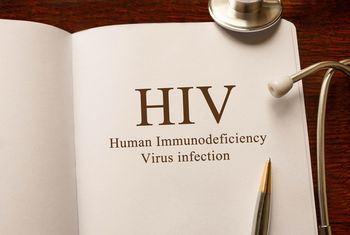
A poster presented at ANAC2019 detailed a trauma-informed care education program for nurses providing inpatient care to people living with HIV which received a positive reception from nursing professionals.

The proportion of candidemia cases involving injection drug users rose sharply between 2014 and 2017, a recent study found.